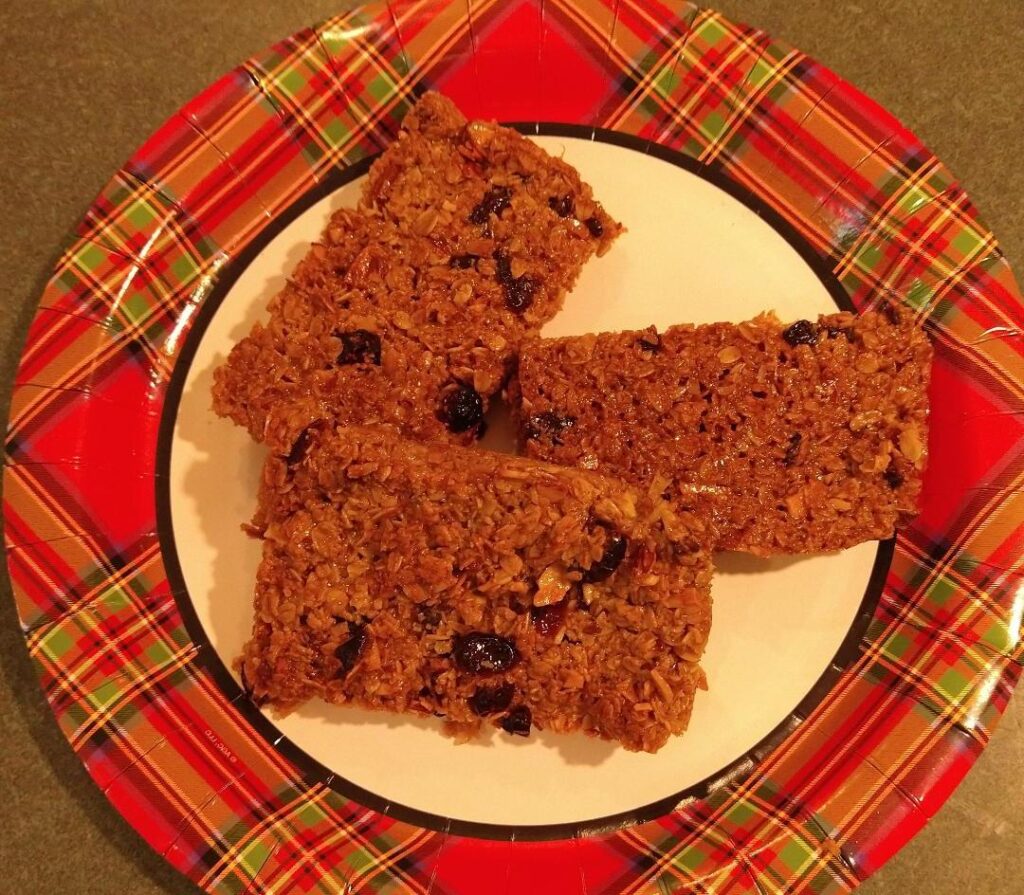Carolyn McDonald Graf
Abram Lyle was a Scottish businessman who owned a cooperage that made barrels in London. In 1863, he was given Glebe Sugar Refinery in Greenock, Renfrewshire as payment of a debt. He saw that a by-product of the sugar refining process was a black treacle that was sold for use in animal food. He wondered if this product could be processed to make it palatable to people. His sugar refinery was a perfect place to research his new idea.
Sugar was becoming a popular commodity in Britain at that time. Charles, Samuel, and John Joseph Eastick had opened a sugar analysis practice in central London in 1880 to analyze raw and white sugar to determine accurate price and duty payments. Unfortunately, an importing crisis in 1883 brought sugar production to a sudden halt. This caused the Easticks to shift their attention from duties and prices to the sugar refining process itself.
Lyle had opened a second refinery at Plaistow Wharf. The ground breaking work of the Eastick brothers had come to his attention and he hired Charles and John Joseph to start a laboratory in his Plaistow refinery. John Joseph became the first chemist with Charles as his assistant. Charles continued researching the dark treacle and created a process to turn it into an amber liquid, thick as honey with a sweet caramel flavor. He began selling it in wooden casks and in 1885 Golden Syrup was being sold in its iconic metal cans.

“The tin bears a picture of the rotting carcass of a lion with a swarm of bees and the slogan “Out of the strong came forth sweetness”. This is a reference to the Biblical story in chapter 14 of the Book of Judges in which Samson was travelling to the land of the Philistines in search of a wife. During the journey he killed a lion, and when he passed the same spot on his return, he noticed that a swarm of bees had formed a comb of honey in the carcass. Samson later turned this into a riddle at a wedding: “Out of the eater came forth meat and out of the strong came forth sweetness”. While it is not known exactly why this image and slogan were chosen, Abram Lyle was a deeply religious man, and it has been suggested that they refer either to the strength of the Lyle company or the tins in which golden syrup is sold. In 1904, they were registered together as a trademark, and in 2006 Guinness World Records declared the mark to be the world’s oldest branding and packaging.Lyle’s golden syrup was awarded a Royal Warrant in 1911.” 1
1https://en.wikipedia.org/wiki/Golden_syrup
Among other interesting facts about Golden Syrup is that it was included in the supplies for Scott’s ill-fated arctic expedition. When the remnants of Scott’s stores were unearthed by explorers in 1956, the golden syrup was in perfect condition, still ready to use. Because of the refining process, Golden syrup will never crystalize like honey or maple syrup.
Golden Syrup became enormously popular world-wide and a staple in the kitchens of the sweets loving Scots. Among the many Golden Syrup recipes are ones for Flapjacks. Unlike the American pancake sometimes called Flapjacks, Scottish ones are more like a snack bar. A basic recipe is below, but I added ½ cup sliced almonds and ½ cup dried cranberries to mine. Other recipes suggest melting chocolate chips on top of the hot Flapjacks when first out of the oven and smoothing into a glaze. Golden Syrup can be found at Wegmans or ordered online.
Flapjacks

Ingredients
- 1/2 cup (115 grams) butter
- 1/2 cup (95 grams) light brown sugar
- 1/4 cup (85 grams) golden syrup (honey or maple syrup)
- 2 1/3 cups (about 220 grams) quick-cooking (1-minute) oats. If you have traditional oats, spin them a few times in a food processor. Spin the nuts and cranberries also if added.
- ½ teaspoon salt
Heat oven to 325 °F. Line an 8×8-inch baking pan with parchment paper. In a medium-sized pot, melt butter with brown sugar, golden syrup and salt together over medium-high heat. Once bubbles form, simmer for one minute. Remove from heat. Stir in oats and any other additions. Spread into pan in an even layer and bake bars for 20 to 25 minutes until deeply golden at edges (https://smittenkitchen.com/2018/09/flapjacks/).

